For a long time the landscape of lenses has been concentrated on a few major lens makers. The first party players, making lenses for their own cameras, and a few established third parties like Zeiss, Sigma, and Tamron. In the last decade a Korean company, Samyang/Rokinon, has broken in and has become a significant player on the landscape. But in the past few years I have seen a number of smaller start-up lens makers from China begin to assert themselves. I’ve personally reviewed some lenses from Laowa, another Chinese lens maker, and have heard of several other companies that I haven’t experienced firsthand. Another new lens maker is the parent company SainSonic and their Kamlan brand. Their breakthrough lens seems to be this new lens, the KamLan 50mm f/1.1 for APS-C mirrorless camera systems (including Sony E [being reviewed here], Canon M, Fuji X, and Micro 4/3rds). This lens has grabbed attention for two simple reasons: 1) the extremely large maximum aperture of f/1.1 and 2) the extremely low price (about $170 USD). That’s impressive – but does the KamLan 50mm f/1.1 actually perform well enough to merit your interest? Read on to find out…
Prefer to watch your reviews? My real world, hands on video review can be seen here:
Build Quality and Handling
The build quality of the KamLan 50mm f/1.1 belies the bargain price and reminds me a lot of the build quality of the Laowa lenses. Outside of the lens hood the construction is all metal and glass, and the lens, while extremely compact, feels heavy and dense. The weight reflects that, as the lens weighs 248g (0.55lb), which is not heavy in an absolute sense, but feels weighty in relation to its small 60mm length and diameter. In that sense the KamLan 50mm f/1.1 feels very much like a classic lens and is similar to many in my M42 collection. And, like those lenses, it is completely manual. There is no autofocus motor, no electronics of any kind. Focusing is manual only, and even aperture selection is manual. The build feels very good, and the focus action is very smooth, with about 200 degrees of focus throw. I’ll deal a bit more with focus in a moment, but the quality of focus is worth noting.
Watch this video for an interactive look at the build and design:
The second ring on the lens is the aperture ring, which is a little more unique. It is a “clickless” aperture, with no fixed f/stops. There are aperture marks at the traditional full aperture stops (other than a jump from f/1.1 to f/2), but you won’t have the typical tactile feedback from aperture changes, and the lack of electronics means that you won’t have any feedback in the camera either. The upside of a clickless aperture is for videographers, which often prefer an aperture iris without hard stops for aperture racking. Unfortunately the aperture ring on my review copy is initially rather stiff, which means that aperture racking would not be smooth. After two days of use the aperture ring has smoothed out a bit, and I’ll report back at the end of the review period to comment on whether or not the aperture ring has smoothed out to a level I’m happy with. If I had to chose between a smooth focus ring and a smooth aperture ring, I would choose the focus ring everyday. What I really want, however, is for both rings to function well. Update: after about three weeks of use the aperture swing has smoothed out, but not consistently (the weight is different at different points). I would still classify the resistance as being heavier than what I would like.
The lens barrel has etched (not just painted) distance, aperture, and hyperfocal markings that are clearly marked and clean looking. The overall look is timeless, with a black, satin anodized look. The focus and aperture rings are metal and ribbed. There is a thin gold accent ring near the front of the barrel.
While focusing the lens has an inner barrel that extends while focusing towards minimum focus distances (fully retracted is the infinity position). I estimate the full travel at about a third of an inch (right under a centimeter). The barrel extends smoothly and without any play. At no point is the barrel extension significant enough to affect storage (you don’t have to retract it all the time).
Looking at the front of the lens there are metal filter threads in a common 52mm size (relatively small considering the huge maximum aperture). There is also some branding there. The lens hood is made of plastic and doesn’t click into place all that smoothly. There’s not really a definite click, but the lens hood does secure tightly. I found the lens bayonet mount (Sony E-mount, here) was also a little tight in attaching to my Sony a6500 body. My hope is that this will also loosen up a bit with use. There is no weather sealing on the lens (not unusual with many mirrorless lenses), so some caution should be used there when the weather turns inclement.
Looking into the barrel you will a large amount of glass, particularly considering how compact the lens is. If you twist the aperture ring, you will see an extremely circular aperture ring in an unusual 11 aperture blade configuration. The aperture iris remains very circular at all aperture values, which contributes to the quality of the bokeh in some situations. The smallest aperture size is f/16. The number of aperture blades and the “look” of the aperture blades reminds me of some vintage Jupiter and Helios lenses.
While I’m not a huge fan of the “Sony grey” color of the front and rear caps (to me black would better suit the color scheme of the lens itself), I appreciate the fact that KamLan already has branding on the caps and they aren’t generic like some that I’ve seen from start-up lens companies. The front cap is a pinch cap and works fine.
Other than a few tight areas in the focus ring and bayonet mount, the lens is remarkably well made for the bargain price point. Nothing serious to complain about on this front. KamLan is off to a nice start in building quality lenses.
Focus Observations
Any manual focus lens with a maximum aperture lens of f/1.1 is going to have some unique challenges. Such a lens on a standard DSLR would be much more challenging, but fortunately the mirrorless bodies that this lens is designed for is more forgiving of manual focus. As mentioned, I’m reviewing the lens on a Sony body, and, specifically, a Sony a6500, which gives me the additional benefit of combining the In Body Image Stabilization with the large maximum aperture, meaning there are very few situations where this lens cannot be handheld. Focus aids like seeing true depth of field in the viewfinder help, as does the ability to magnify the image in the viewfinder. One can also opt for aids like focus peaking in certain bodies that will help with getting accurate focus. Even with all of these aids, however, it should be noted that the depth of field is extremely shallow at short to medium distances with such a lens, and “nailing eyelashes” is going to take some work.
For many shots at close to medium distances, just visually confirming focus is going to produce the quickest, most organic results. I actually enjoy this style of shooting, as seeing true depth of field and watching things come into focus is actually a very organic style of photography. I’m also a fan of the ability to magnify the image in the viewfinder and be very precise in focus, although this is diminished somewhat by the lack of wide aperture sharpness (which makes precision focus a little more difficult).
As noted, the lens has a nice manual focus ring and plenty of focus throw for accurate focus, but the very nature of the lens (a manual focus lens with a very large maximum aperture) makes it a bit more challenging to focus. Thankfully the nature of many mirrorless bodies provides more tools for focus than comparative DSLRs.
Image Quality
The obvious strength of a lens with a maximum aperture of f/1.1 is the light gathering ability (ability to shoot in low light and keep ISO down) along with the quantity (and hopefully quality) of bokeh that can be produced by such a lens.
This is a simple optical formula of 5 elements in 5 groups, so those who ascribe to the philosophy that less is more when it comes to elements can rejoice. But how does the the Kamlan 50mm f/1.1 actually perform?
Resolution
I strongly recommend that you watch this video to get a clearer idea of what I’m referring to in my summation here. It will allow you to see the images for yourself and get a sense of the resolution performance of the lens.
If you were looking for descriptors like “tack sharp” or “pixel peeping”, look elsewhere. This lens does have some strengths, but resolution is not one of them. If you are looking for a similar-type lens with more resolution potential, I recommend that you try the Samyang/Rokinon 50mm f/1.2 lens I reviewed a couple of years ago (though that lens is at a different price point).
There is a “sweet spot” of sharpness near the center of the frame when I tested the Kamlan 50mm f/1.1 on a Sony a6500 body (24 MP), but that is a relative term at wide apertures. It’s not particularly sharp in an absolute sense, but there is enough sharpness there to make for appealing images if you use the lens to its strengths. The outer portion of the frame doesn’t really become perfectly sharp at any aperture value. The sharpness “sweet spot” will grow as stop the lens down, but doesn’t ever reach the extreme corners. Here’s a look at the upper right corner at f/8:
You can see that the sharpness profile is now decent until you reach the extreme corner, where image quality is lost.
Here’s a look at the wide open (f/1.1) performance, first the image as a whole, then crops from left to right:
As you can see, the center sharpness isn’t bad (some chromatic aberrations soften it a bit), but the outer edges of the frame are extremely soft.
Stopped down to f/2.8, full image then crops from left to right:
We see improvements in contrast, and the center now looks great, but the corners are still very soft.
At f/8, full image then crops from left to right:
F/8 looks fairly good across the frame, though the edge crops show that image quality still isn’t what you would call “tack sharp”.
This is a lens that will reward using it correctly and punish using it incorrectly. If you use the lens to its strengths (more on this in a moment), you can produce unique and even special images, but this is a lens with a bit of a learning curve to get the most out of.
If you stop the lens down, you can get some reasonably good landscape images:
At a pixel level there is definitely still some flaws to be seen, but the images as a whole look good. At wide apertures, however, the lens is simply not all that sharp across a good portion of the frame. All is not lost, though, because…
Bokeh
This is perhaps more important for the target audience of this lens than the resolution, as those who will enjoy the lens will do so because of the “look” of the images more so than any particular quality. This is not a lens that will chart well in lab tests, but that’s not to say that it is without merit. This is a lens designed for producing bokeh, and it has a few tricks up its tiny sleeves. The first thing to mention is the physical design, and its eleven-bladed aperture iris. I compared it to my vintage SMC Takumar 50mm f/1.4 lens, which has gorgeous bokeh quality. Wide open, with the aperture blades fully retracted, the SMC Tak produces beautifully round bokeh highlights, but as soon as you start to stop the lens down the eight blades (not rounded) start to show their octagonal shape (as you can easily see here.)
This is definitely NOT the case with the KamLan 50mm f/1.1, which keeps a beautifully circular aperture shape even when stopped down. That’s particularly important with a lens that has so little wide open sharpness, as it means you can stop down for a bit more resolution and still retain the circular aperture iris.
The second strength for the lens’ bokeh has to do with the size of that aperture. The only lens that I’ve ever used with greater potential for bokeh at this focal length is the rare Canon EF 50mm f/1.0. There is quite a bit more light gathering potential in a f/1.1 lens than a f/1.4 (about 2/3rds stops), and there is also the potential for producing a much more defocused background at f/1.1 than f/1.4.
One of the best things about such a huge maximum aperture is that you can defocus backgrounds at a variety of distances (rather than just when up close to the subject). This will allow you to have a bit more three-dimensional quality in certain situations.
There are a few situations where I saw a slight bit of busyness in backgrounds (a certain ratio of distance to the subject and then to the background). In some situations, there is a slight bit of “swirl” to the bokeh along the edges of the frame, which has a touch of the unique quality of some Helios lenses.
In most situations, however, I felt the bokeh quality from the lens was really quite excellent. I’ll let you judge for yourself with these samples:
Other Optical Attributes
One failing common to large aperture lenses is their vulnerability to backlight. All of that glass tends to make them flare prone, and the KamLan 50mm f/1.1 is no different. Expect very disruptive flare and ghosting if the sun or other bright light sources are in the frame. I saw a lot of orange “blobs” and veiling (loss of contrast) in those situations. This is somewhat of a personal blow to me, as I am a fan of backlighting and putting the sun into the frame. Such situations, however, highlight the lens’ issues with high contrast situations, and also reveal an issue with chromatic aberrations in high contrast areas.
On a more positive note, the lens actually produces a fairly nice sunburst effect when the aperture is closed down (f/11 is a favorite aperture of mine for sun bursts).
Getting the Best out of the Lens
If you want to maximize the strengths of the KamLan 50mm f/1.1 lens and minimize its weaknesses, it is wise to use it primarily in low contrast situations. Bright, sunlight conditions often emphasize things like chromatic aberrations and flare issues, but when the lens is used in low contrast situations (indoors, overcast conditions), it allows the lens to produce better native contrast and apparent resolution. The lens aberrations are diminished and you can produce some genuinely excellent results, like this:
Using the lens for people indoors also produces nice looking results (particularly if you compose with them closer to center). A great positive is that the massive maximum aperture means that you will need less light and thus lower ISO settings.
And, while f/1.1 is a great novelty, don’t be afraid to stop the lens down a little, as the excellent circular aperture will continue to produce nice, round bokeh highlights and you can gain a little more sharpness and contrast.
Finally, I recommend having realistic expectations about the kinds of images you can produce with the Kamlan 50mm f/1.1. Some lenses are more about the “feel” of the images rather than their technical excellence, and I think this is certainly the case here. This is a lens that will allow you to produce images with a different look than other lenses in your kit will, and the fact that the price is reasonable makes it more palatable to purchase a lens that you know you may not use all the time. One final upside: the images from the Kamlan 50mm f/1.1 at wider apertures will have a decidedly more full frame look to them than what most APS-C lenses will produce.
Conclusion
In the midst of the many “clinically excellent” lenses that I review, the SainSonic Kamlan 50mm f/1.1 is a bit of a throwback to a different era. It’s not just the “manual everything” ethos, as a number of modern lens makers employ the same approach. It’s more about the lens’ optical performance, which has a decidedly more “dreamy” feel than just about all the modern lenses I review. In some ways it ironically reminds me of the extremely rare and expensive Canon 50mm f/1.0L lens in that while it is far from technically excellent it does allow you to produce images with a different feel than many others. I felt I needed to use the same shooting approach (avoiding high contrast situations and backlit situations) with the Kamlan as I did with the 50mm f/1.0L. There’s a huge difference in price, however, and that is where the Kamlan 50mm f/1.1 will most likely succeed. It’s inexpensive enough at $169.99 USD for people to experiment with, and, like most experiments, some will be disappointed while others will be delighted. If you are looking for a lens that can produce massive amounts of quality bokeh, and you care more about the “feel” of images than their technical perfection, the little Kamlan 50mm f/1.1 qualifies as an interesting option.
Pros:
- Build quality exceeds price point – all metal and glass
- Focus ring moves smoothly and has good travel
- Rounded aperture iris stays circular even when stopped down
- Huge maximum aperture allows for use in very low light
- Wide apertures produce strong defocus
- Quality of the bokeh at most distances is very good
- Very inexpensive
Cons:
- Some “tight points” in lens hood, aperture ring, and mount
- Image quality in the corners
- Low resolution other than the center of the frame at wide apertures
- Various aberrations produce “haze” and lower contrast
- Flare prone
Gear Used:
Sony a6500: B&H Photo | Amazon | Amazon.ca | Amazon UK | Ebay
Sainsonic KamLan 50mm f/1.1: B&H Photo | Amazon | Amazon.ca | Amazon UK | Ebay
Adobe Photoshop Creative Cloud 1-Year Subscription
Alien Skin Exposure X2 (Use Code “dustinabbott” to get 10% anything and everything)
Purchasing your gear through B&H and these links helps fund this website and keeps the articles coming. You can also make a donation here if you would like. Thank you for your support.
Great News! I can now offer a 5% discount on all purchases at Amplis Foto, Canada’s Leading Photographic Supplier. Please enter discount code: AMPLIS52018DA in your cart. It is good for everything in your cart, and is stackable with other coupons, too! It will take 5% off your entire order! Proceeds go towards keeping this site going and providing you with new reviews!
Check me out on:
My Patreon: | Google+: | Facebook: | Twitter: | Flickr: | 500px: | Sign Up for My Newsletter :




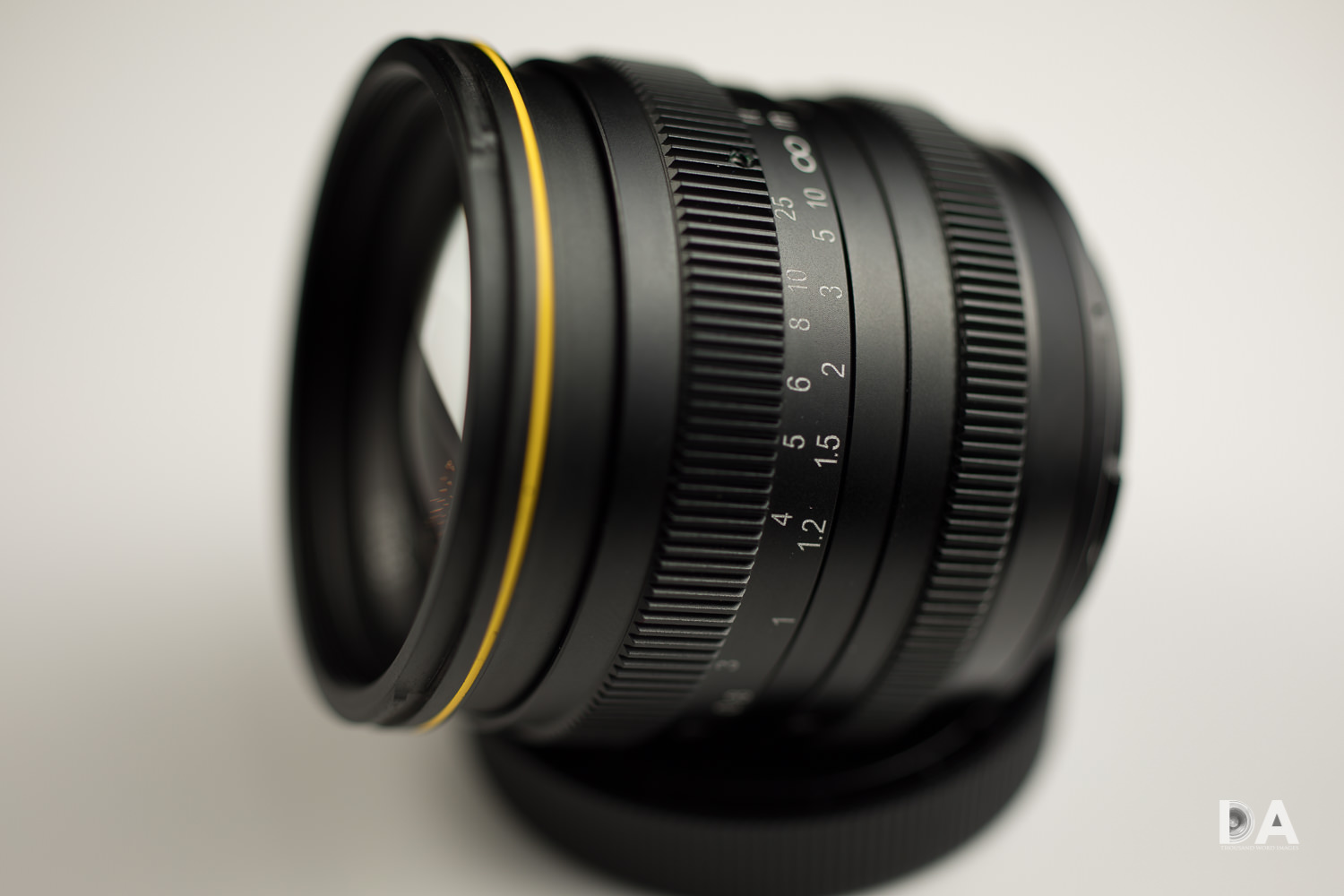
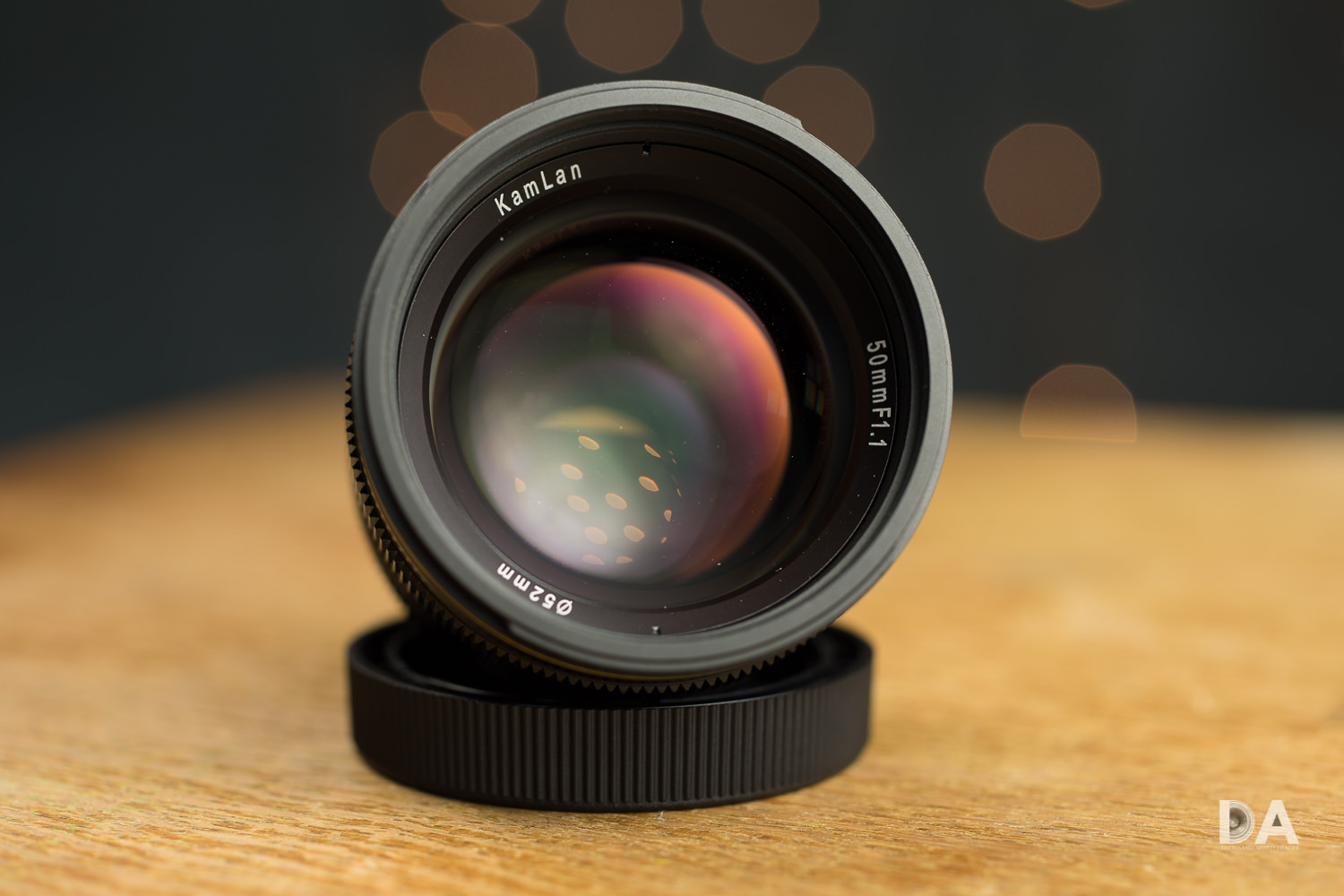

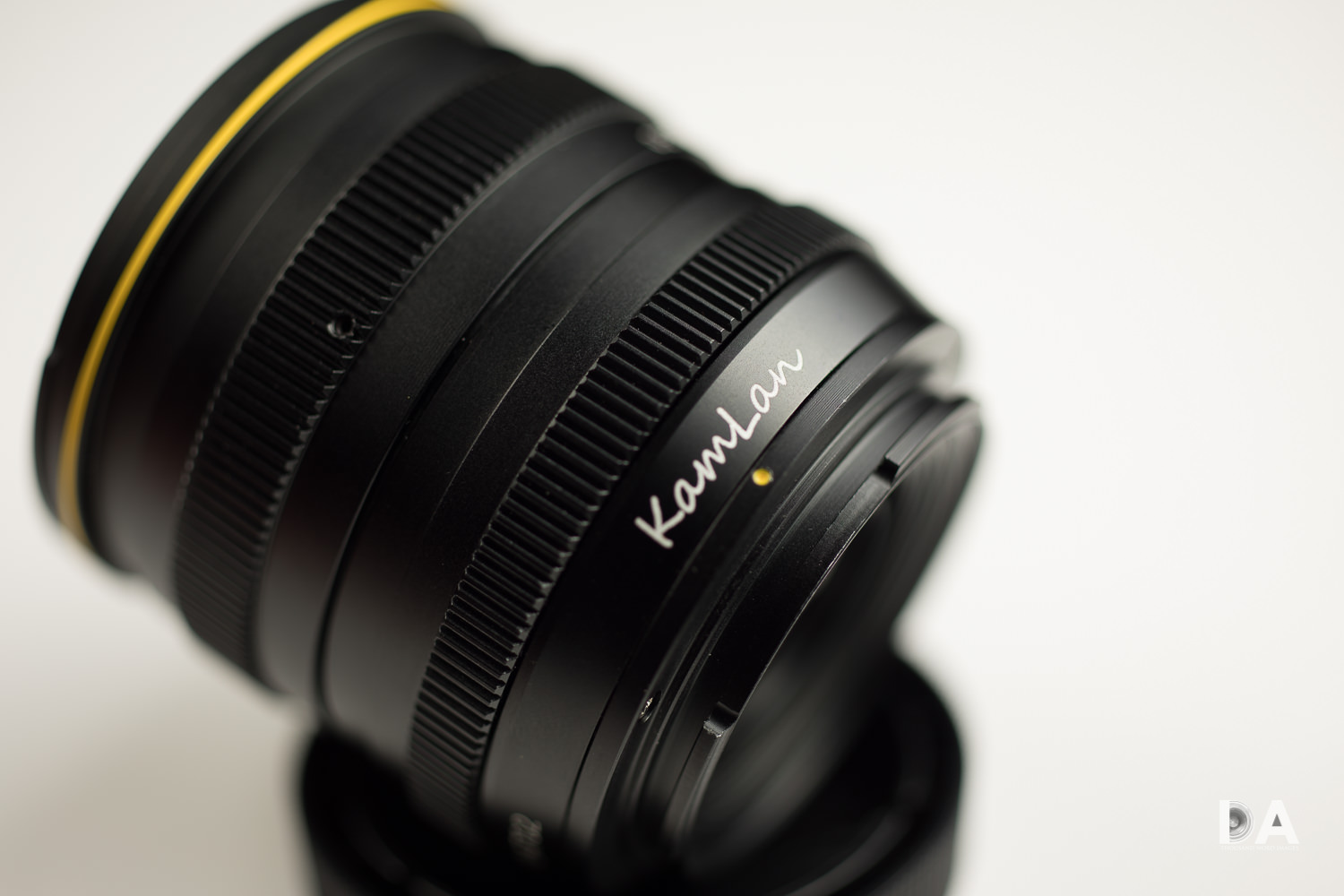


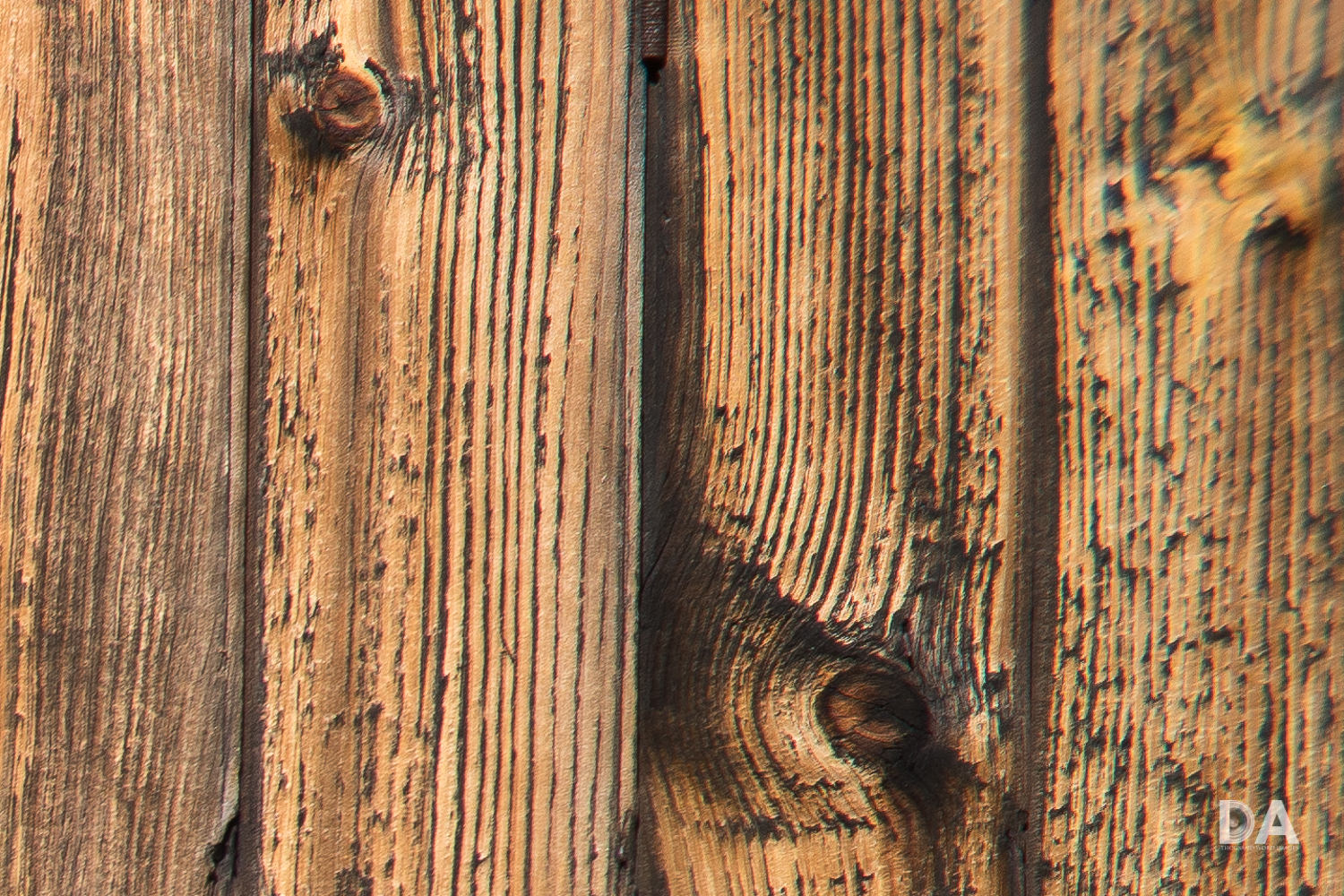
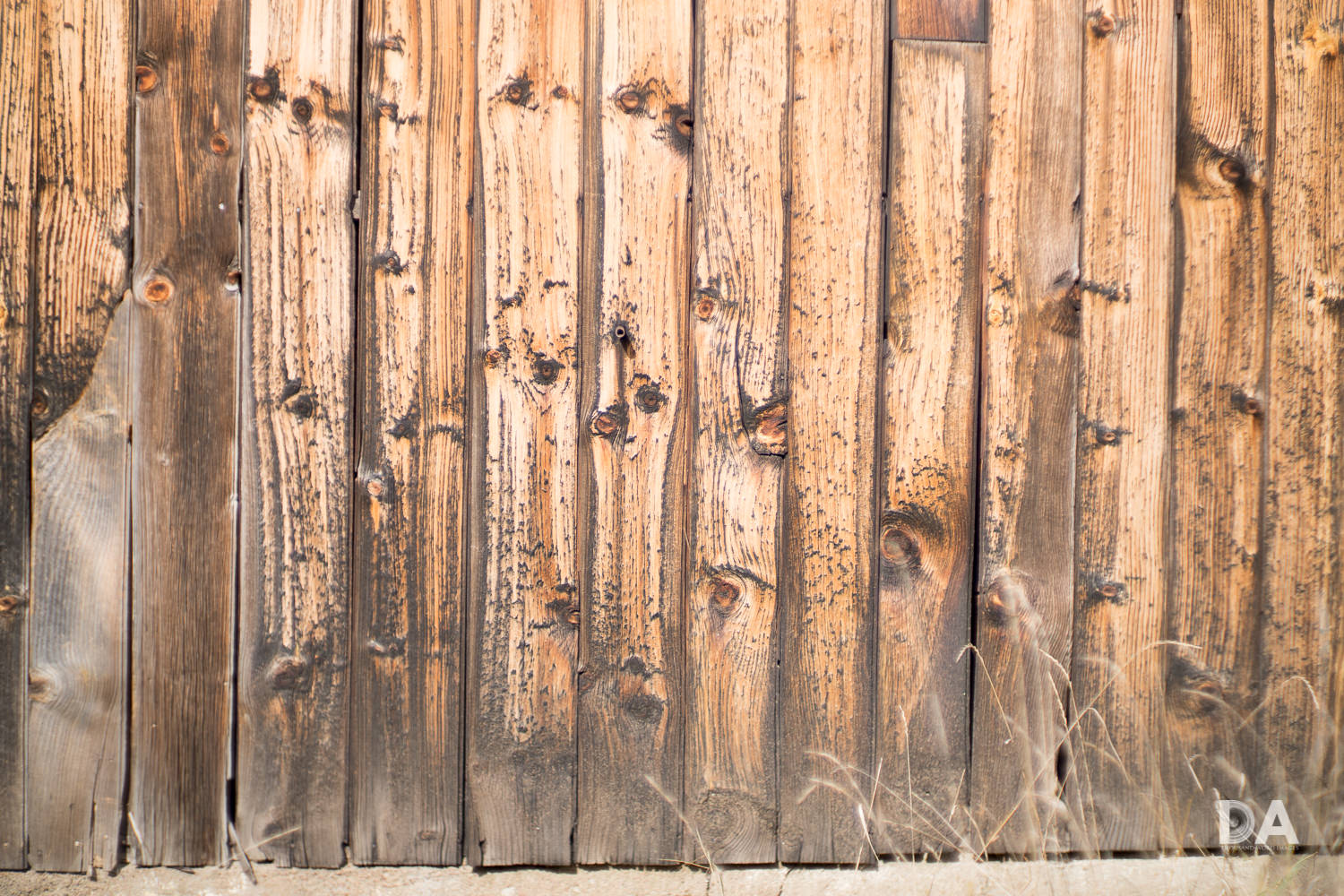



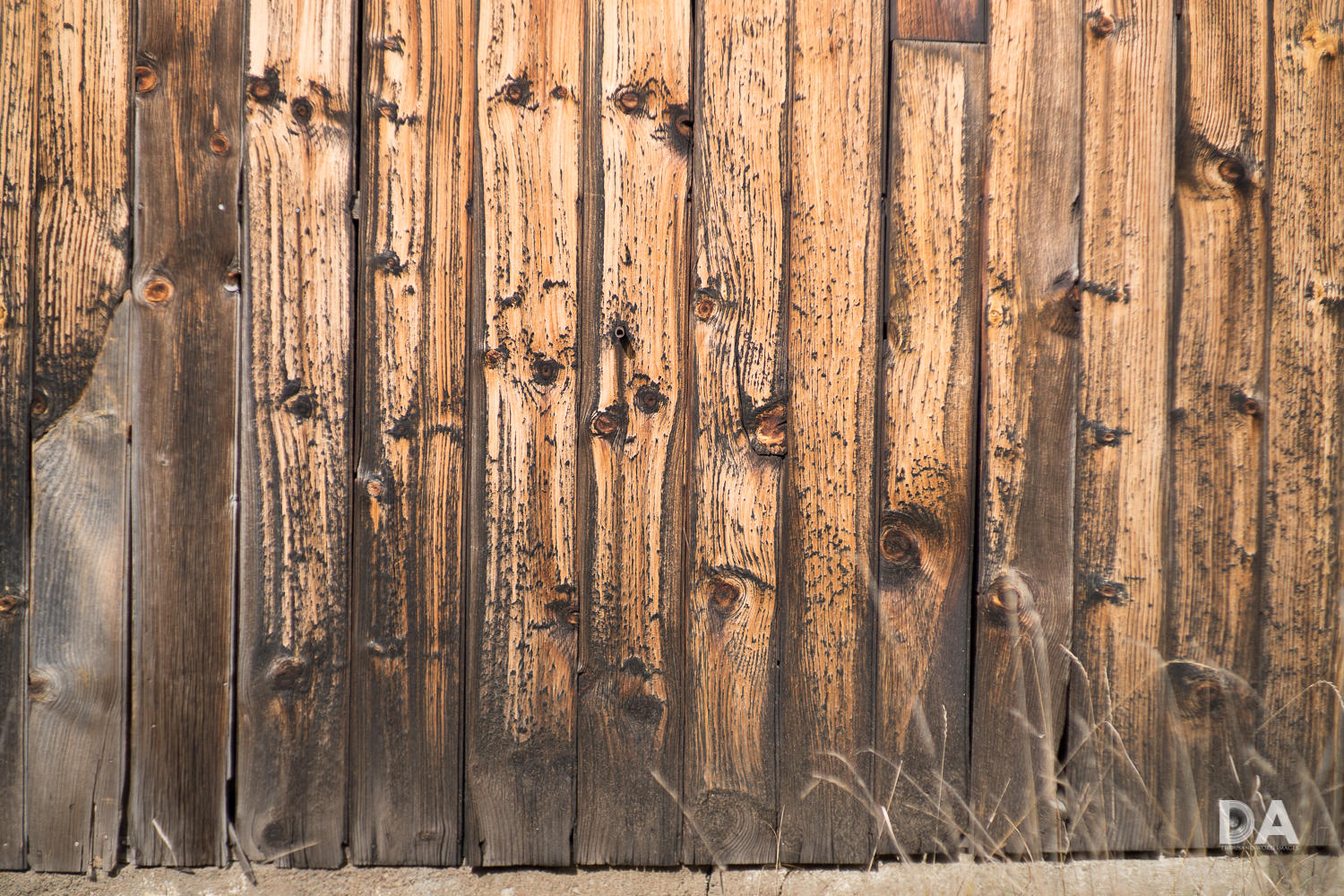



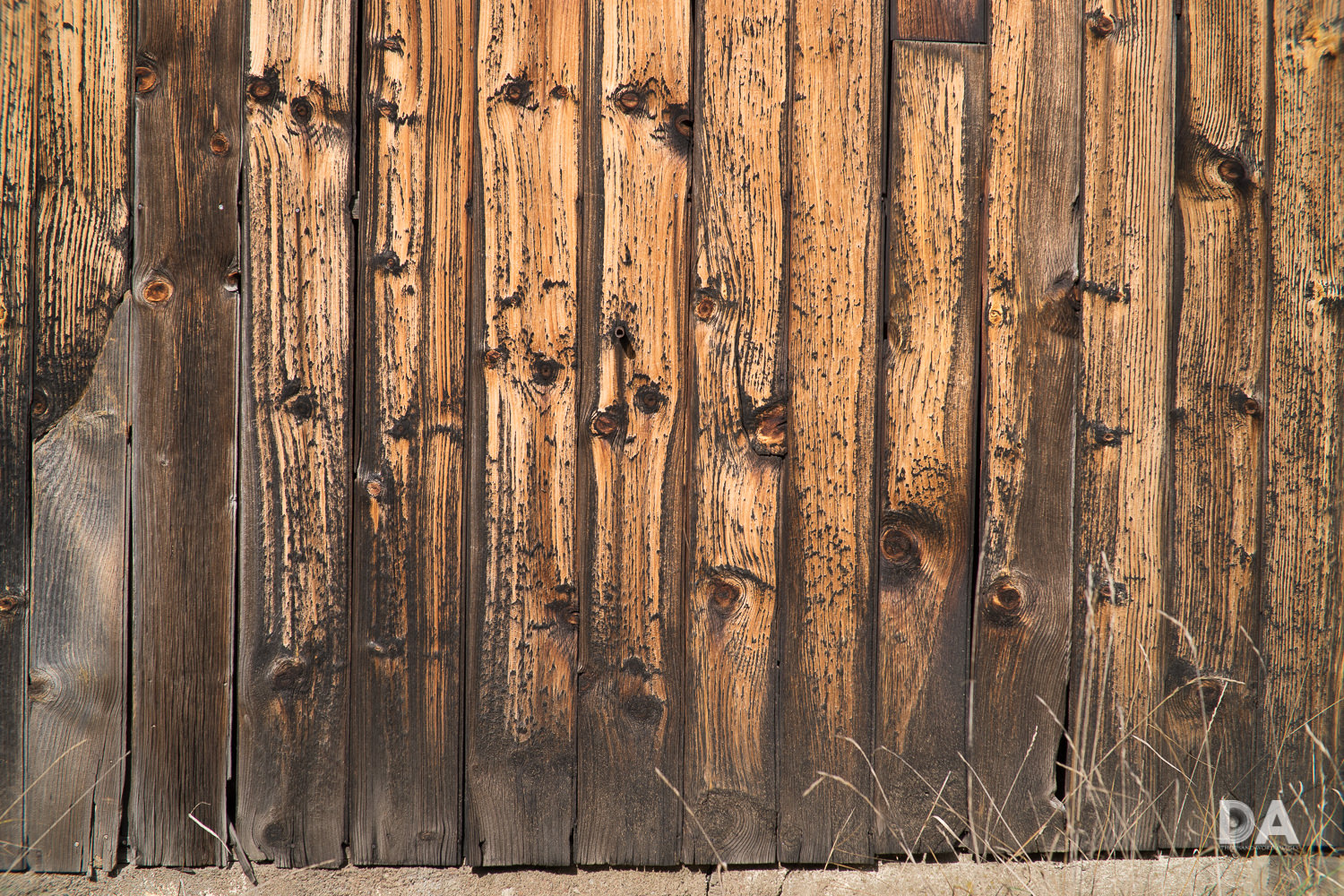









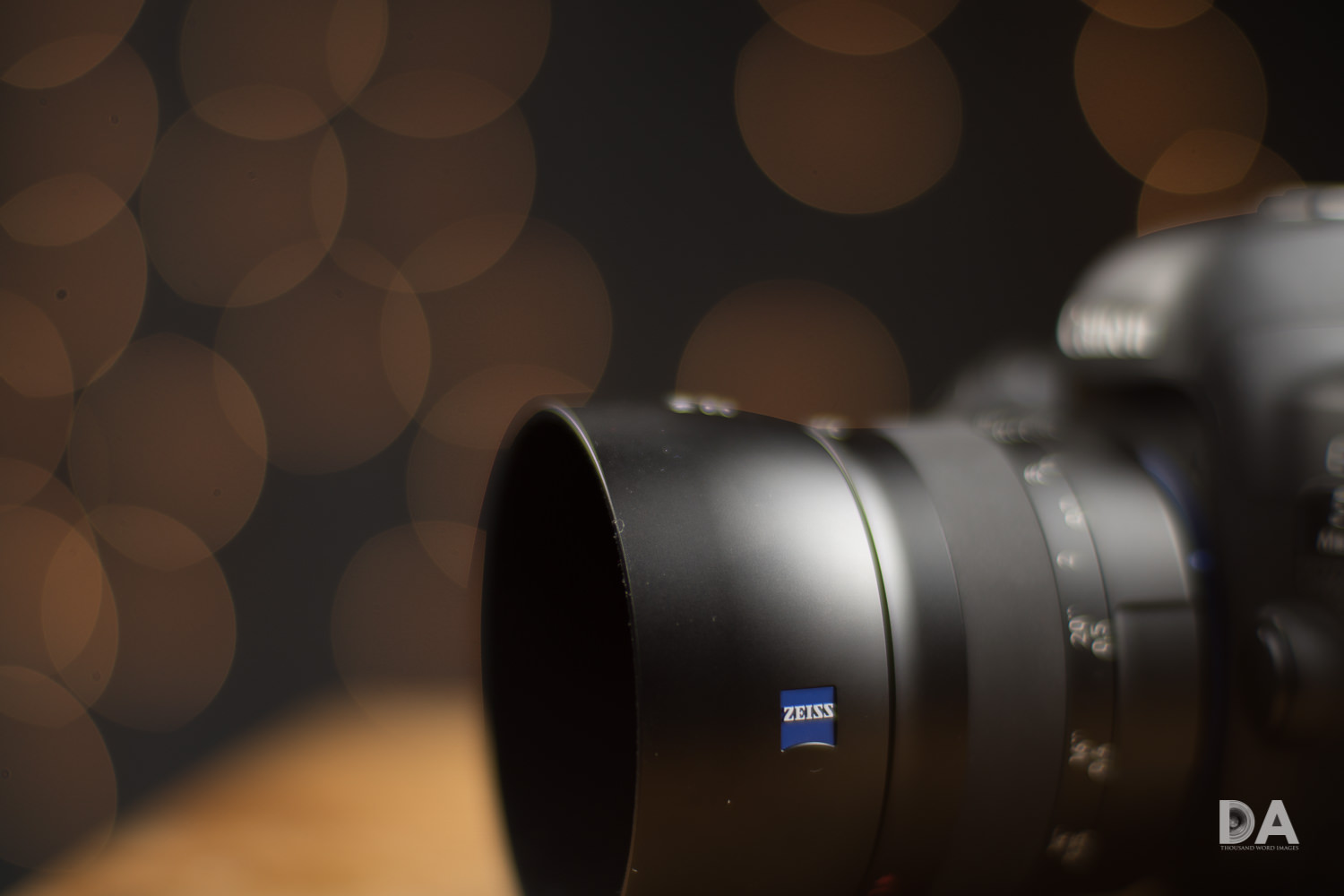
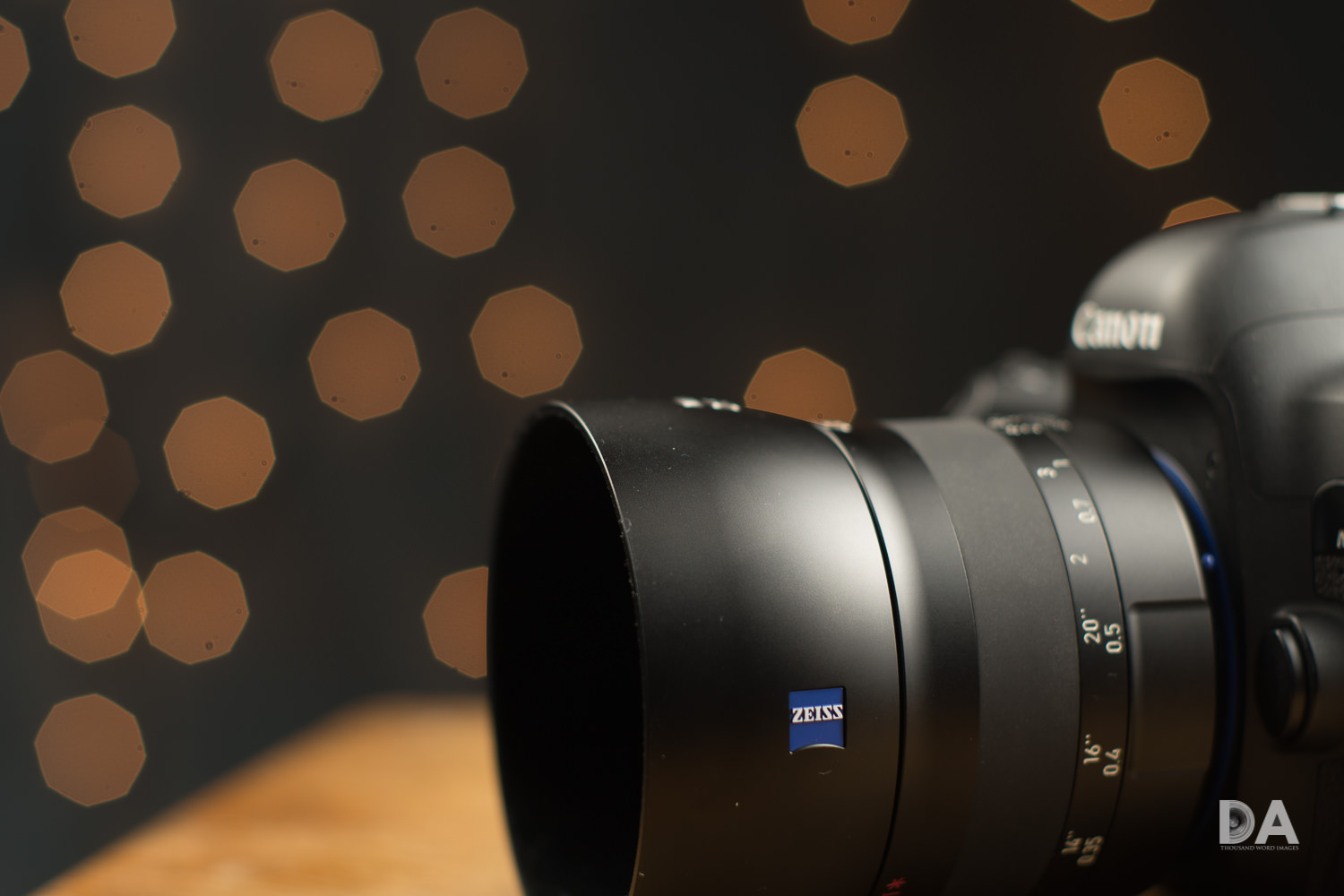
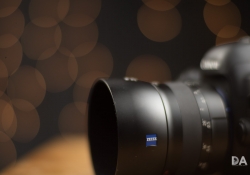
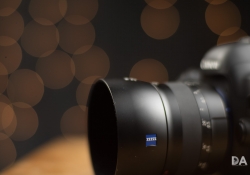
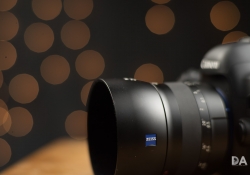
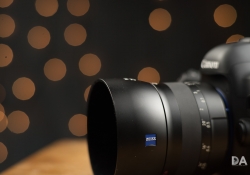
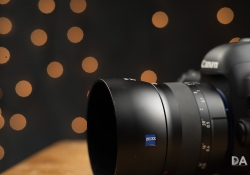






























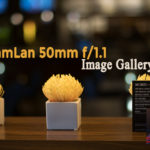
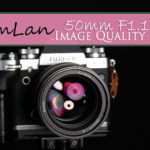




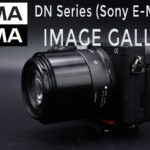


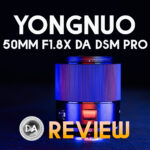
[…] the end of 2017 I spent time with my first Kamlan lens – the Kamlan 50mm f/1.1 compact prime lens. There were things that I praised, including a very nice build quality (all […]
[…] Dustin AbbottがMachang Optical Co., Ltd.の交換レンズ「KAMLAN FS 50mm F1.1」のレビューを掲載しています。 […]
[…] Dustin Abbott (抄訳記事) […]
[…] first Kamlan lens I ever tested was the predecessor of this lens. I reviewed it in 2017, and came away with the impression that while there were things I really liked (nice build and […]